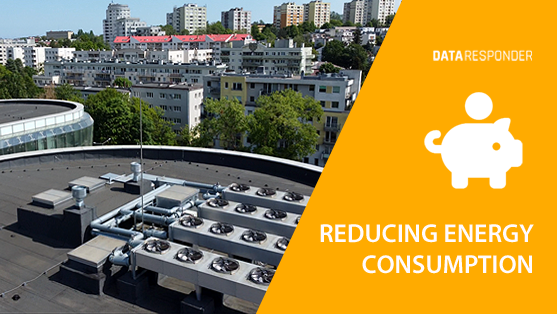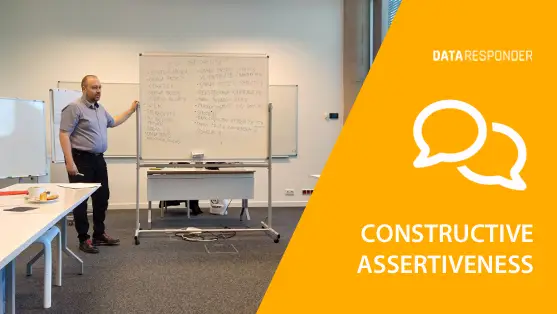Introduction
As energy prices rise and sustainability becomes a priority, businesses and institutions are looking for effective ways to reduce utility costs. The Pomeranian Science and Technology Park Gdynia has implemented a successful energy-saving program #ekoppnt, setting an example of good practices in cutting electricity, water, and heating expenses. By adopting simple yet effective measures, any organization can optimize energy use and lower operational costs.
Practical Steps to Reduce Utility Costs
1. Optimize Heating and Cooling Systems
- Adjust heating to match working hours.
- Use smart thermostats to avoid unnecessary energy consumption.
- Insulate windows and doors to retain heat.
2. Improve Lighting Efficiency
- Replace traditional bulbs with LED lighting.
- Use motion sensors to turn lights on and off automatically.
- Maximize natural light whenever possible.
3. Reduce Water Consumption
- Install water-saving fixtures like aerators and low-flow toilets.
- Fix leaks promptly to prevent unnecessary waste.
- Promote water-conscious habits among employees.
4. Implement Smart Electricity Management
- Encourage turning off unused devices and using power strips.
- Optimize equipment use by running machines only when necessary.
- Invest in energy-efficient appliances and office devices.
5. Monitor and Educate
- Track utility usage to identify areas for improvement.
- Educate employees on energy-saving habits.
- Set clear sustainability goals and engage staff in achieving them.
Conclusion
These simple yet effective energy-saving practices show that even small adjustments can significantly reduce utility costs. By implementing similar strategies, businesses and organizations can cut expenses while contributing to environmental sustainability. Start optimizing today and watch the savings grow! Additionally, our Data Responder application can simplify utility consumption monitoring, helping companies track and analyze their energy use more effectively. The available Utility Cost Savings template makes it easy to implement cost-saving strategies and gain better control over expenses.








